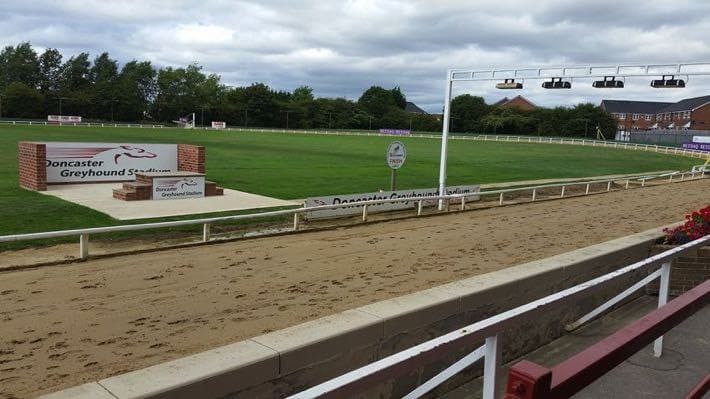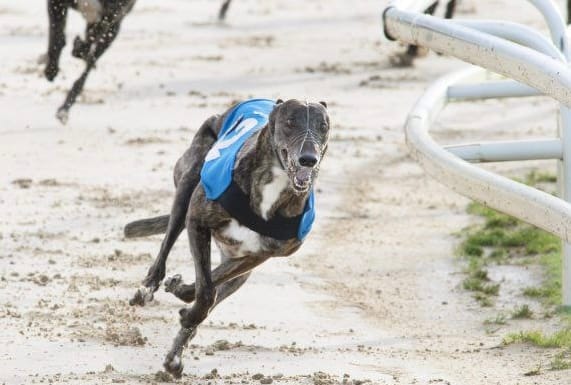In any sport, it's crucial to ensure equitable conditions for all participants, and this holds true in the realm of greyhound racing. The quality of the track is paramount when placing bets, as varying lane conditions due to inclement weather can either favour certain runners or impede others. Such discrepancies not only impact the performance of the dogs but also render bets less predictable and out of sync with reality.
Overseeing the operation of racecourses across the United Kingdom is the responsibility of the British Greyhound Board (GBGB). Each track has a dedicated team tasked with maintaining track conditions.
Presently, all greyhound racing tracks in England feature the same surface - sand. This modernisation marks a departure from the natural grass surfaces that predominated in the early 20th century. While grass tracks were initially favoured for their supposed paw traction and shock absorption, they posed practical challenges. Grass tracks would freeze in winter, and during the off-season, areas damaged by running would fill with water, resulting in a muddy, uneven surface prone to potholes and clods of earth. The heavy usage of the track prevented the grass from adequately recovering, rendering it hazardous for racing.
In contrast, sand surfaces offer consistent traction and resilience throughout the year, making them the preferred choice for greyhound racing tracks in the UK. This shift away from natural surfaces underscores the sport's commitment to ensuring safe and fair competition for both canine athletes and punters alike.
Track Maintenance and Management in Greyhound Racing
In the United Kingdom, all official greyhound racing tracks now utilise quartz sand with a small loam content. This composition offers several advantages crucial for optimal track performance. The loose texture of the sand retains moisture effectively while providing excellent traction for the runners' legs, thereby reducing the risk of injuries. Additionally, the inclusion of clay serves as a binding agent, ensuring the sand maintains its consistency and stability.
During winter months, salt is typically added to the sand to prevent freezing. However, ongoing research conducted by specialists from the British Greyhound Board (GBGB) in collaboration with STRI focuses on exploring alternative additives to replace salt. These include surfactants aimed at enhancing moisture retention within the sand.
Effective track drainage is paramount to prevent waterlogging, especially during prolonged periods of rain or extensive watering. Properly designed tracks feature a subtle slope along the oval, facilitating the drainage of excess water onto the racecourse field, thus averting water stagnation.
Prior to races, track preparation involves watering to maintain optimal conditions. While manual watering may be employed at smaller racetracks, larger venues often utilise watering machines. However, this method can lead to compaction of the sand and uneven track surfaces. To mitigate this issue, sprinkler irrigation systems are increasingly favoured, offering more uniform watering without causing track deformities.
The continuous usage of the track, along with the impact of machinery and racing activity, results in the compaction of the sand and the formation of a crust. Regular maintenance is essential to address this issue, typically accomplished through the use of a harrow or a Verti-Drain aerator. These tools break up the compacted layer of sand while infusing oxygen, ensuring the track remains in optimal condition.
Following watering and loosening, the track surface is covered with rubber mats, signalling its readiness for runners. Through diligent maintenance and innovative techniques, greyhound racing tracks in the UK uphold high standards to ensure safe and fair competition for all participants.

Ensuring Track Smoothness and Shape in Greyhound Racing
To maintain a level surface along the entire length of the track, a grader is employed. Equipped with a blade, this machine levels the track by removing any bulges and filling depressions, imparting the desired smoothness. Annually, a grader blade is used to create a new track bed, enhancing drainage and reconstructing the track as needed.
The oval shape of the racecourse resembles a bowl or dish, with the outer side slightly elevated relative to the inner. This configuration not only facilitates drainage but also aids greyhounds in navigating turns and covering distances efficiently. Ongoing research seeks to determine the optimal angle of elevation that would enhance racing performance without impeding the dogs.
Synthetic track surfaces are increasingly under consideration by racetrack workers. While experiments with coatings like Viscoride have proven unsuccessful due to weather-induced complications, the concept of a synthetic all-weather surface remains appealing. Ideally, such a surface would offer low maintenance and ensure the safety of dogs during races. However, securing interested parties and sponsors to finance research and experimentation is crucial.
In the interim, greyhound athletes continue to compete on traditional sand tracks, a reliable option that has stood the test of time. Despite advancements in track technology, the tried-and-tested sand surface remains a stalwart fixture, promising continued service for years to come.

